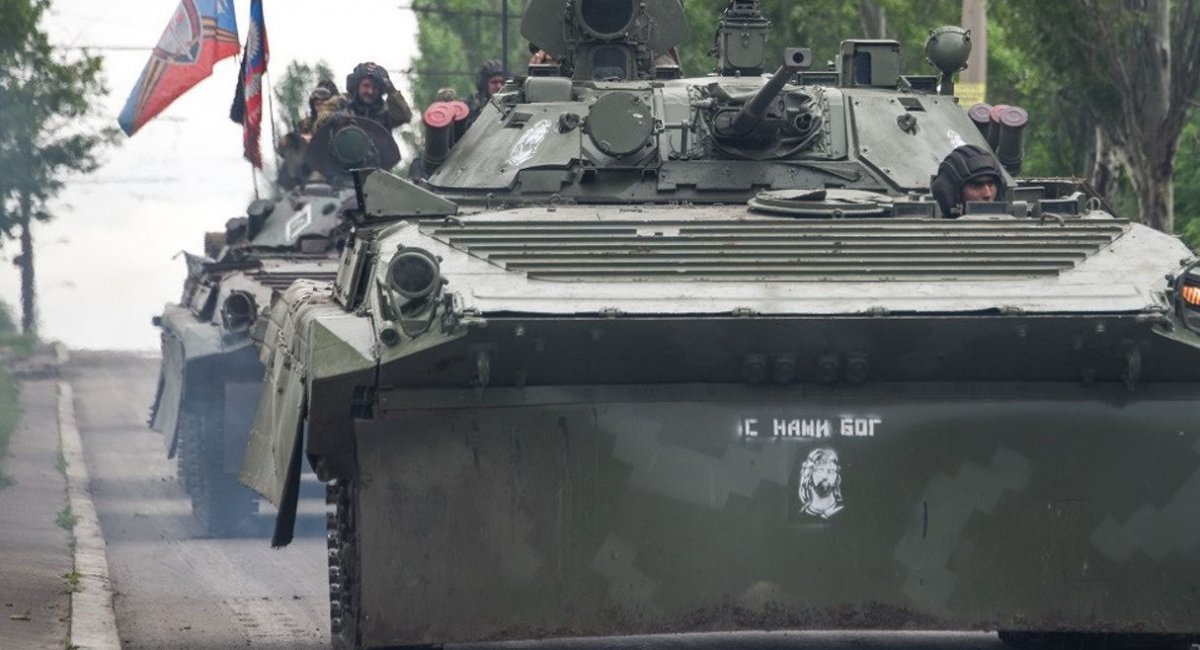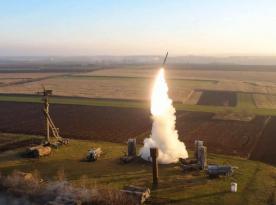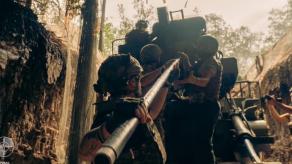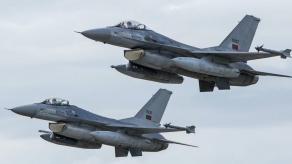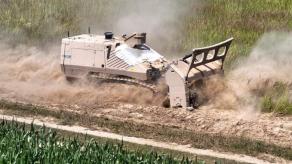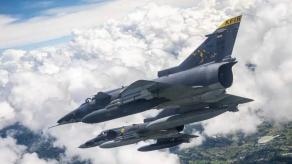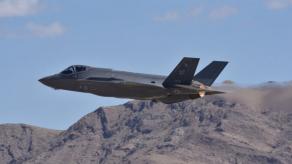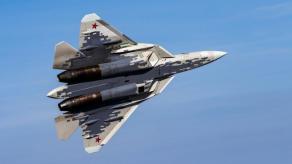The following is stated in the article by Alex Orlov for Shephard Media.
One of the reasons is weak performance of enemy’s light armored vehicles operated by the Russian Ground Forces, Rosgvardiya (National Guard) and VDV airborne troops.
Read more: Navigation Hell Looming for Russia’s Military Aircraft and Missiles as U.S. Considers Separating Russia from GPS

The Oryx open-source data provides us with the next verified russia’s losses of IFVs, AFVs and APCs at the time of publication: 125 MT-LBs in various configurations,128 BMP-2s, 65 BMD-2s, 64 BTR-82As, 51 Tigr-Ms, 45 BMP-3s, 42 BTR-80s and 33 BTR-Ds.
One of the clear reasons is effective Ukrainian use of AGTMs, but also poor russia’s tactics and training. However, more fundamental reasons lie in the past.
One of the most significant weaknesses, which pursuit the Russian Ground Forces is that it simply operates a fleet of the same armored vehicles that the Red Army used in the 1980s during the Soviet-Afghan War.
Analysis of extensive combat experience during the Afghanistan campaign allowed Soviet engineers to identify several weak spots in the design of such popular light armored platforms as the BMP, BTR and BMD.
The most significant issues were poor protection, vulnerability to mine and IED blasts, and susceptibility to destruction due to fire or the detonation of stored ammunition.
Along with poor ergonomics, these factors were why Soviet troops in Afghanistan used to ride on top of their armored vehicles but not inside.
The Russian defense industry developed various solutions to neutralize or partially negate the most common battlefield threats, but it came too slow and too late due to improved AGTMs making those solutions obsolete.

At the same time, the introduction of new medium and light armored platforms, planned since the beginning of the 1990s, has stalled and not completed yet.
As a result, Russia entered the war with only a bunch of new light platforms, such as the Taifun-K and Ural MRAP family or the Tigr LMV family. Having Cold War-era platforms of 1980s as a main source of combat.
| Vehicle type | Used in Afghanistan campaign 1979-1989 | Used in Russo-Ukrainian War 2022 |
| IFV | BMP-1, BMP-2 | BMP-1, BMP-2, BMP-3 |
| APC | BTR-60, BTR-70, BTR-80 | BTR-60, BTR-70, BTR-80, BTR-82 |
| IFV/APC for VDV | BMD-1, BMD-2, BTR-D | BMD-1, BMD-4M, BTR-D, BTR-MD/MDM |
| Multipurpose3 | MT-LB | MT-LB |
| Reconnaissance | BRDM-2 | BRDM-21 |
| LMV | None | Rys, Tigr, Tigr-M |
| MRAP | None | Taifun-K 4x4/6x6 |
| Protected vehicles | None | Kamaz, Arlan, Ural-VV, Ural-Federal2 |
Notes: 1. Used mostly with LPR and DPR units; 2. Used with Rosgvardiya units. 3. Used as a base platform for auxiliary vehicles.
Soviet tactical doctrine continues to cast a long shadow as it heavily influenced the design of the BMP-3 and BMD-4M vehicles. Both of these post-Soviet platforms suffer from the same deficiencies as earlier models.
Surprisingly there are no photos and video footage in Ukraine of relatively cheap factory-made survivability kits that were developed for russia’s major wheeled and tracked platforms, including abovementioned vehicles.
Many of them were introduced, ordered and probably delivered in early 2022. For example, at least two state contracts to produce add-on protection kits for BMP-2 and BMP-3 IFVs were signed in 2020 with a delivery date of 15 October 2021.
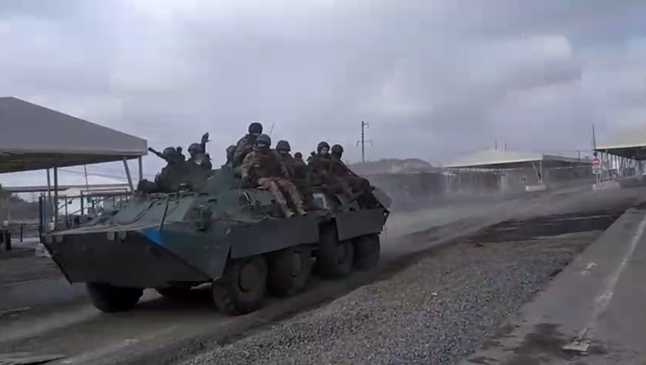
These survivability enhancement kits exist in light and heavy variants. The light variant includes slat armor and add-on plates for the hull and turret, with a unit cost of RUB1.88 million (about $23,000) plus VAT at 2021 prices. The heavy variant is more than twice as expensive at RUB4.88 million plus VAT (2021 prices) and apparently includes explosive reactive armor.
Yet there is no evidence that lightly armored vehicles equipped with survivability enhancement kits have deployed to Ukraine. Instead, Russian troops have improvised makeshift solutions to improve the survivability of their vehicles.
Official data for Soviet operations in Afghanistan from 1979 to 1989 shows a ratio of about 1:10 for irrecoverable tank and light armor losses.
While the data from Ukraine is incomplete and the claimed totals from both sides are probably inaccurate, rough estimates suggest that the ratio in the current war is significantly lower at about 1:2.5.
Read more: Britain, Allies Agreed to Send More Lethal Military Aid to Ukraine




